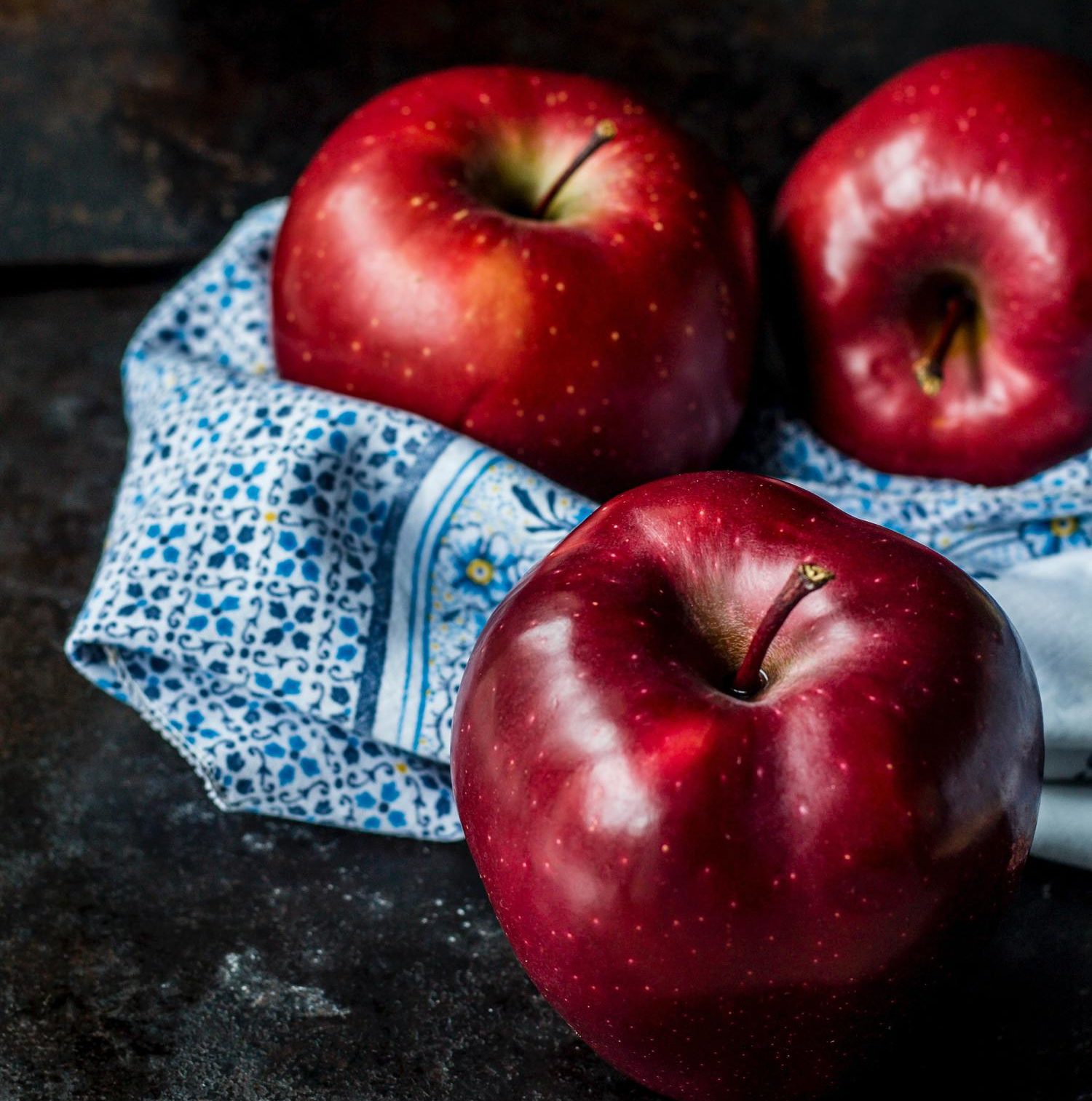Surely these days of confinement you have discovered a lot of things that you have never stopped to photograph. A good way to practice at home is to do still life photography .
Still life photography does not require great complications or materials and will allow you to experiment and practice with your camera slowly. I think it's a good time to stop and take a breath in every way, including photography.
So if you haven't mastered manual mode yet or don't know which metering mode to use in your photos etc., this is a great time to practice slowly. The day you go out again, you will have many more tools and ease, so take advantage of the time you are at home and do not put aside your favorite hobby.
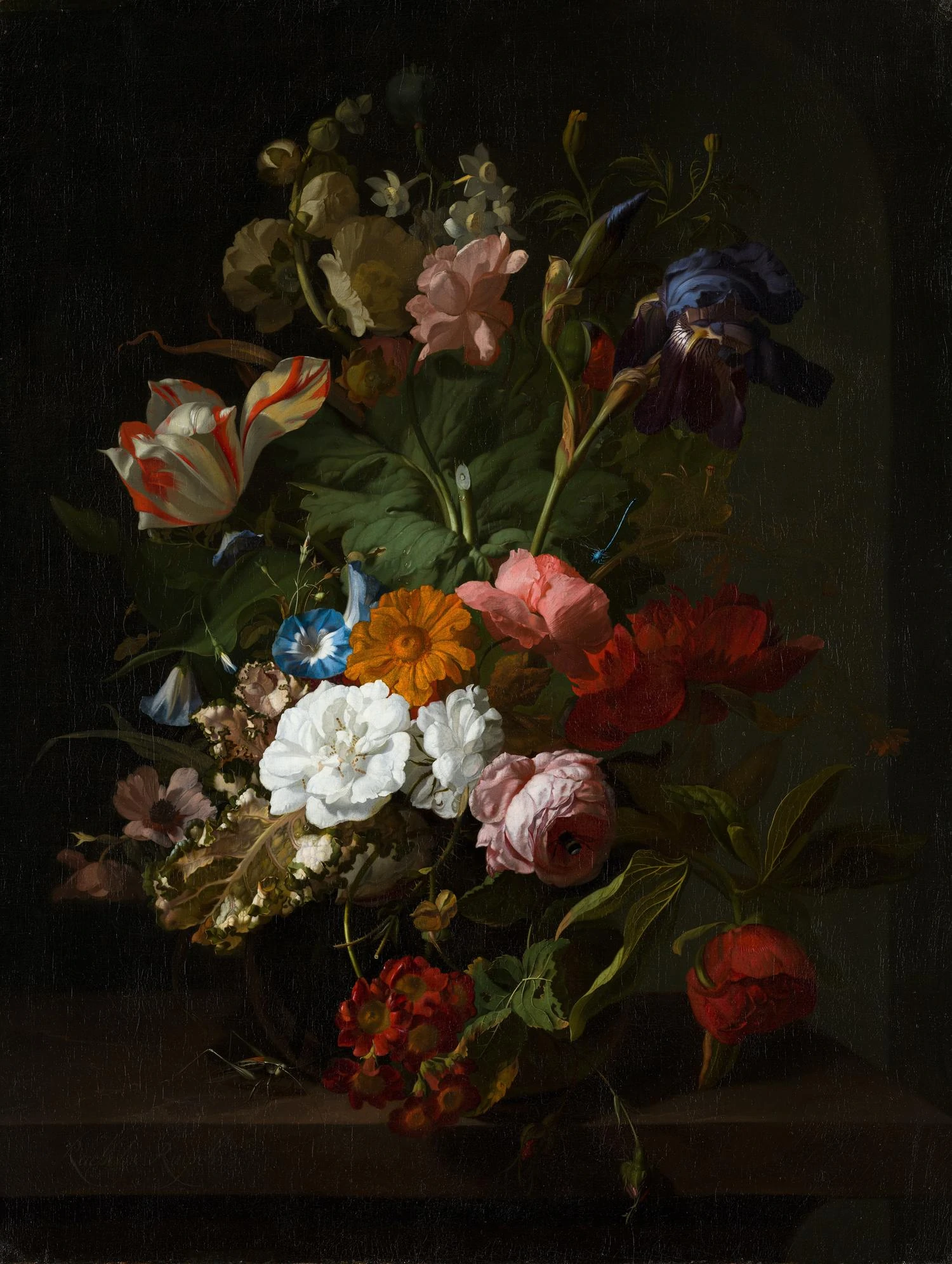
WHAT IS STILL LIFE PHOTOGRAPHY?
When we think of a still life, we usually think of still life ; flowers, fruits or vegetables. But a still life can go a little further, it can also represent other natural objects such as rocks, shells or household objects made by humans: kitchen utensils, table utensils, books, etc.
If you are attracted to nature photography beyond still life, you will love this complete guide that we have prepared for you with tips, tricks and lots of inspiration.
In a still life , composition, light and chromaticism become essential elements to achieve a good result. That is why I think it is a great challenge to practice with your camera .
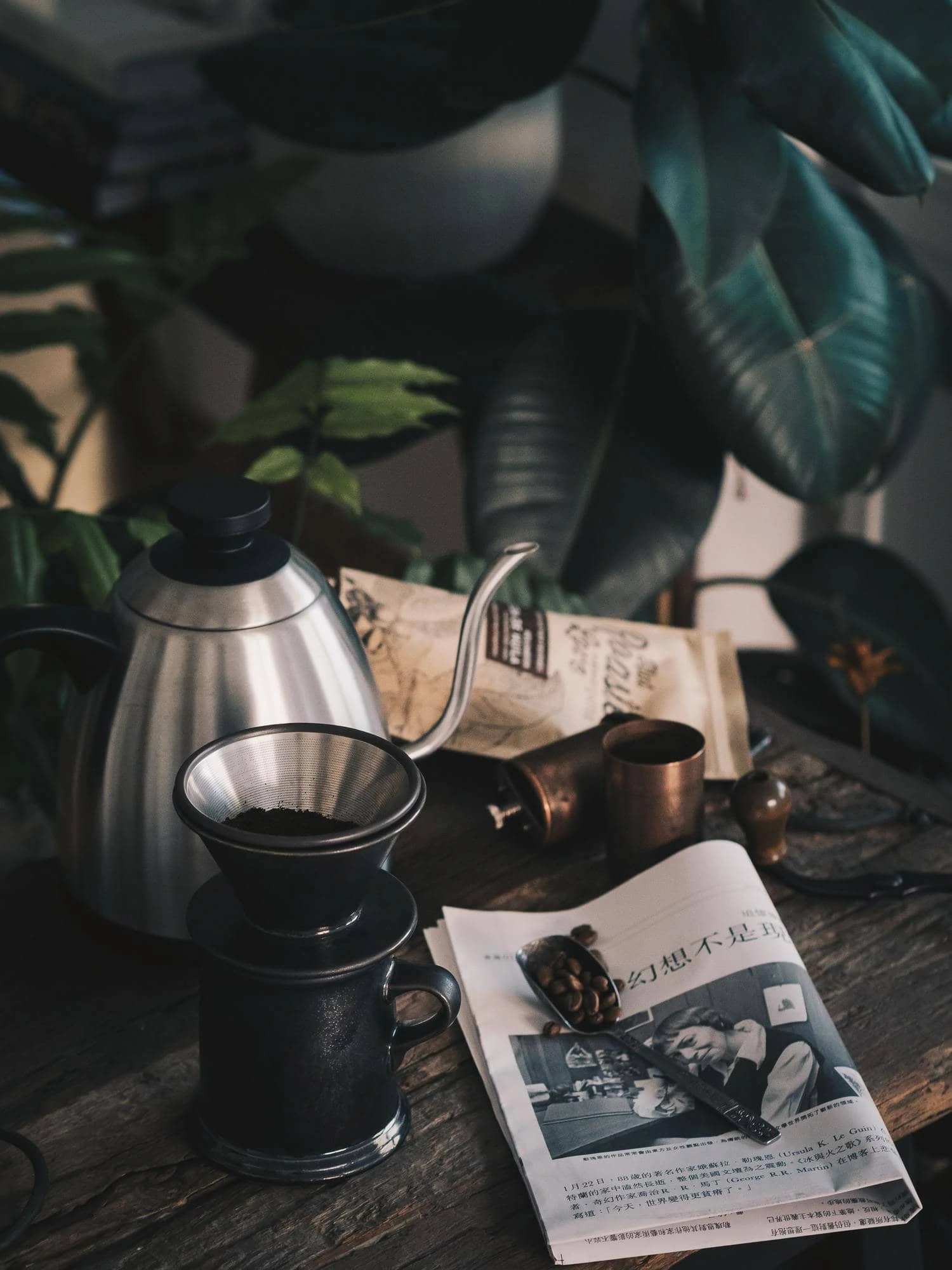
LOOK FOR INSPIRATION FOR YOUR STILL LIFE PHOTOGRAPHY IN PAINTING
The first thing I recommend is that you look for inspiration where it all originated: in painting. Many of the great masters were fascinated by the still life and produced a large number of works with a detailed study of light, color and composition that you can draw inspiration from.
Some well-known names that also stood out in the creation of still lifes and from which you can be inspired are: Zurbarán, Van Gogh, Cézanne, Caravaggio, Chardin, Renoir or Manet among others.
Take a look at the composition, the textures, the light, the chromaticism and the different elements that appear in his paintings to get inspired.

THINK OF A STORY
That is, what do you want to have with your image? What would you like to convey? The image of a fresh tomato with homogeneous lighting is not the same as a dry flower in twilight. Nor is it the same to use old jugs than avant-garde cutlery.
You have to think carefully about what story we want to tell with our image, what feeling we want to convey with our still life in order to choose the rest of the elements of the photograph.

CHOOSE THE OBJECT
Once you have an idea of what you want to convey in your image, you have to choose the main elements of your image. They can be some flowers, the ingredients of a dish that you are going to prepare, some books, an old clock...
Remember that we are talking about "still life" but also about elements created by the human being, look for interesting objects and, if you photograph a set, that they keep a meaning to each other.
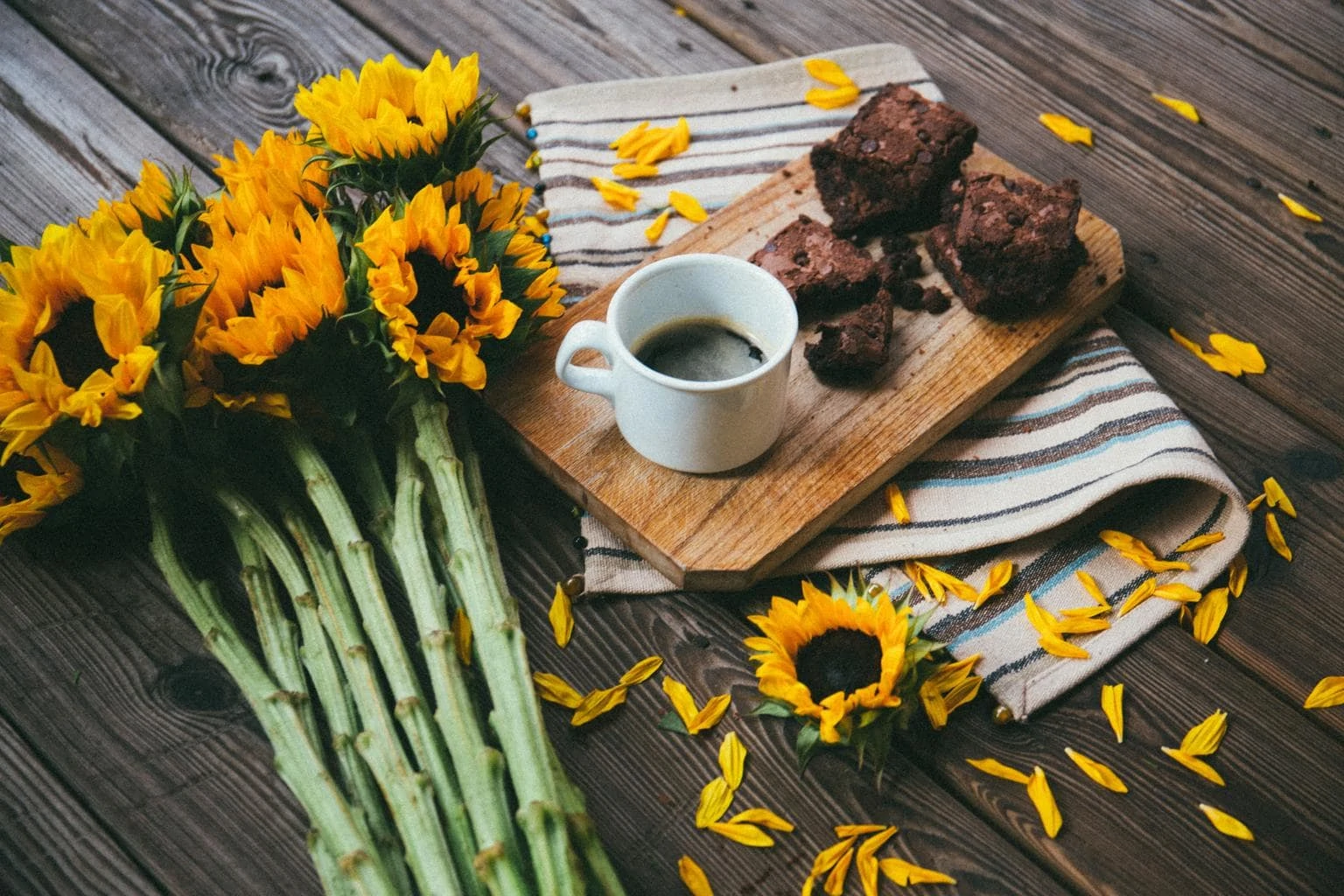
CHOOSE BACKGROUND
Based on the object and the story, it is convenient to think about the background. Working at home or in a studio, it is relatively easy to find funds that fit us. It can be a simple white wall, a dark cardboard or a cloth of the color that makes us highlight the center of interest of our composition.
If you want a completely white background, we talk about it here , and if you want a completely black one, you will find all the information here.
Take into account aspects such as color, texture and possible reflections of the material you use.
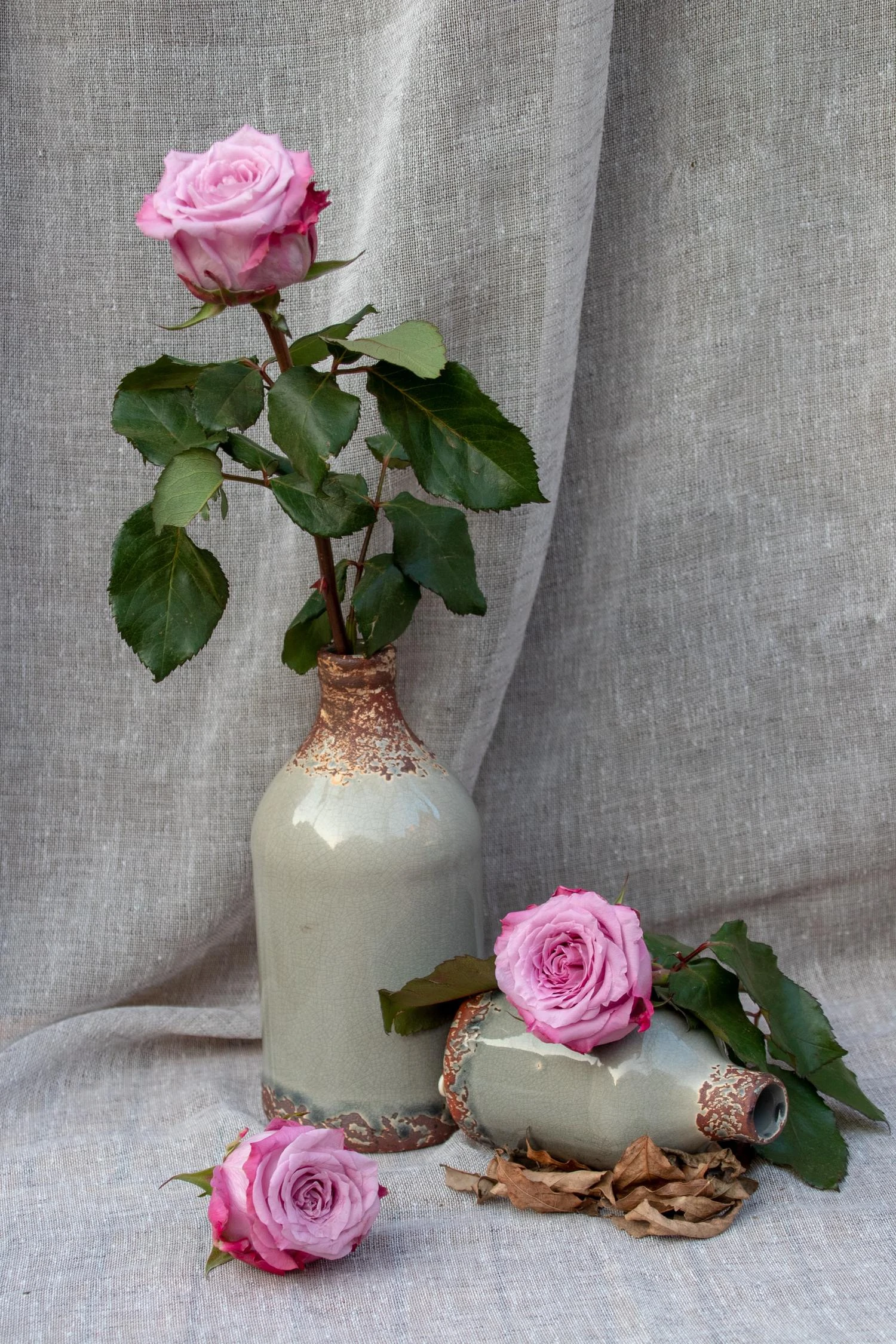
CHOOSE THE BEST LIGHTING
This is another key point of still life photography. The best way to have absolute control of it is through artificial light, since it is not changeable and you can model it to your liking and without haste.
It is, therefore, a good opportunity to test your external flash , preferably in manual mode, and daring to experiment without haste.
If you do not have an external flash, you can resort to natural lighting. Try to get closer to a window to have a good dose of light. You can soften it with diffusers (a neutral-toned shade can work for you to soften the light) or a reflector to shape the light (redirect it, soften shadows, etc.).
Remember that natural light varies rapidly. The ideal is to have everything well prepared and at hand before you start photographing, because the light you need may only last a few moments.
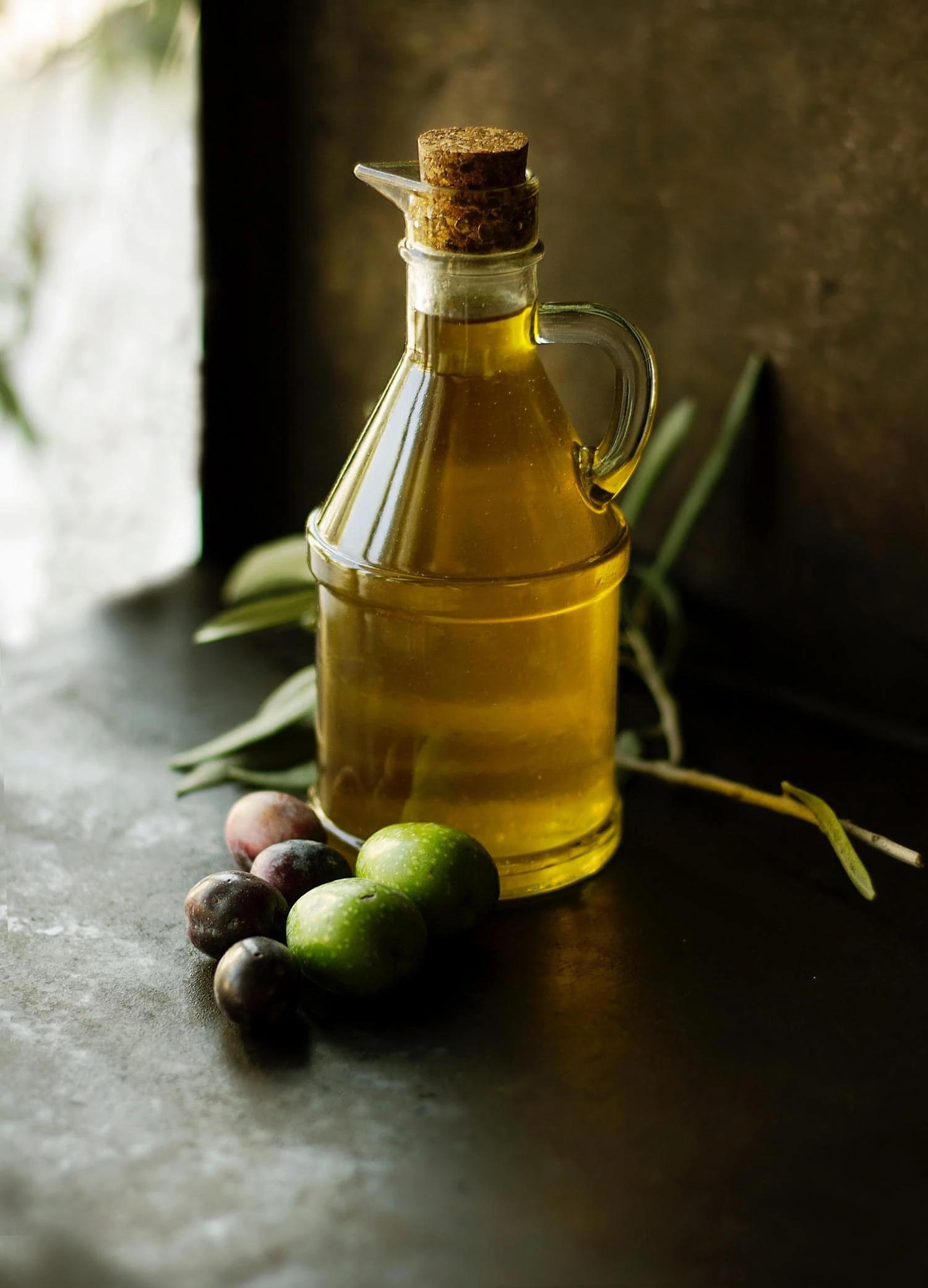
DIRECTION AND QUALITY OF LIGHT
The angle of illumination completely varies the result of the image.
- Front light: Produces flat images with little texture.
- Side light: The light source is placed on one side, it is a hard light that generates many textures.
- Semilateral light (45º): Creates an oblique shadow that marks the textures and gives depth. This type of light is the most used and the one that we most recommend to start with. You can slightly offset it with the help of a reflector.
- Backlight: Generates a highly contrasted image between the background and the main character
- Overhead or chopped light: It is lighting from the top and produces highly contrasted images with hard shadows and very light areas.
- Low angle: In this case, the light source is located at the bottom creating unusual shadows.
Remember that the distance and size of the light source also play a role. The smaller the light source is in relation to the photographed object, the harsher it will be. On the contrary, the bigger it is, the softer. Distance-wise, the further you are from the light source, the harder, and the closer, the softer.
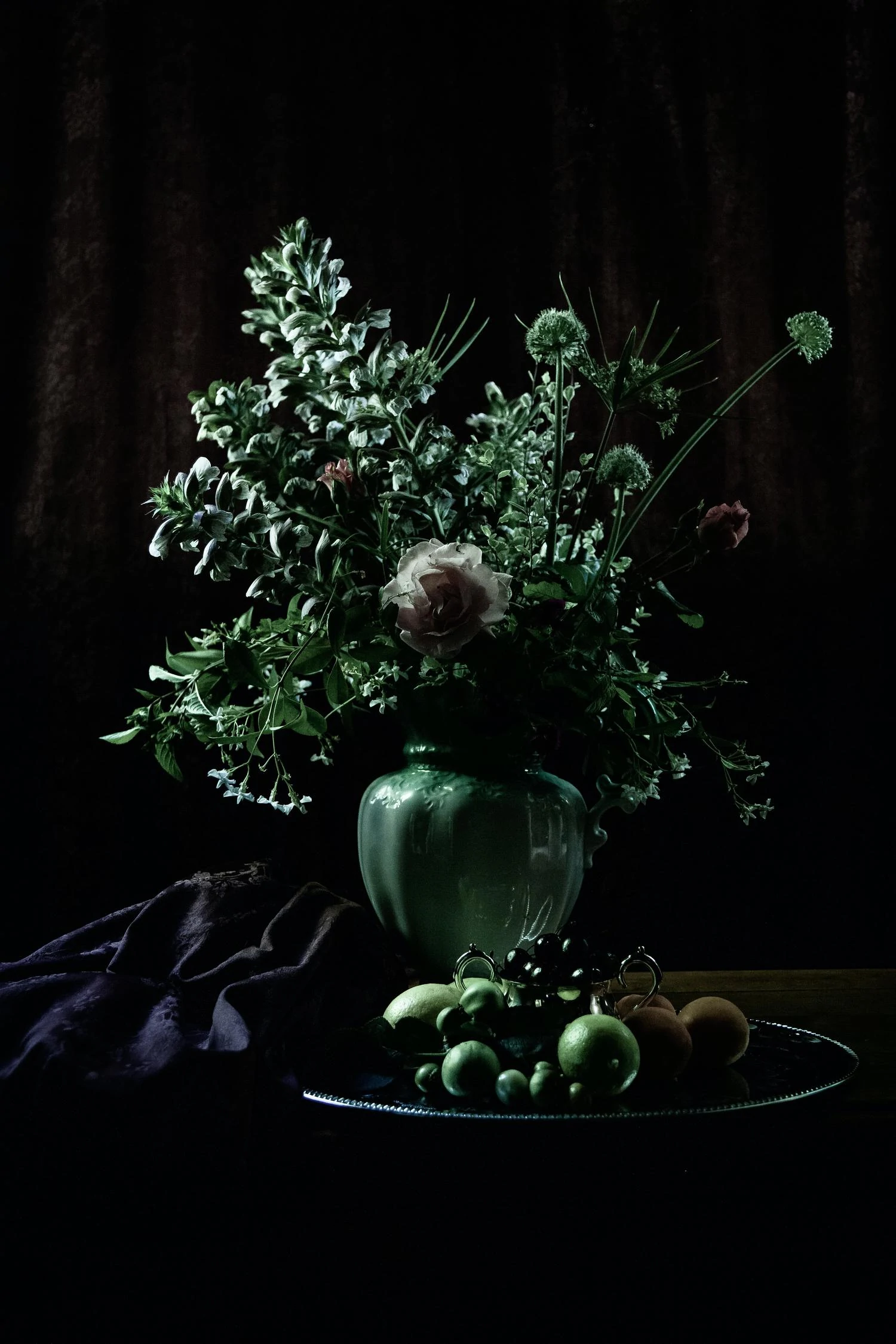
NECESSARY MATERIAL FOR A STILL LIFE PHOTOGRAPHY
I propose a series of elements to take into account for your still life photographs. If you are missing one, you can replace it with some imagination , the only thing that is really essential is your camera
- A table or work space
- an external flash
- A medium focal lens (from 35mm to 100mm) (a King of Lenses will be great for you, for example)
- Cardboard, fabrics, wood for the background
- Plates, cutlery, cloth or other objects that help tell the story
- Tripod
- Diffuser
- Reflector
- Remote shutter release (you can also use the camera's delayed shutter release)
GIVE PROMINENCE TO THE OBJECT
We have many ways to give prominence to the object(s) in our image:
- Through lighting (our eyes naturally go to the illuminated area)
- Through composition and balance between the different elements of the image (play with compositions such as the rule of thirds or negative space)
- Through color or color combination . You can use complementary, analogous, cold, warm colors... Remember to also control the white balance of your camera.
- Through the focused area in the image (the sharp area naturally attracts our attention). The focused area is regulated through the aperture of the diaphragm (more open less focused area, more closed more focused area).

SETTINGS FOR YOUR STILL LIFE PHOTOGRAPHY
It will depend a lot on the type of light and the result you want to obtain, although these general indications can be applied to almost any image.
- Work in manual mode
- Work in RAW format
- Use a large aperture to work with a shallow depth of field (but never the maximum, because it will be difficult to focus and you will lose sharpness) or with a narrow aperture for greater depth of field
- Use a spot metering mode, so you will have a more precise measurement of light and you can play better with highlights and shadows
- If you don't work in RAW, check the white balance
SHOOTING ANGLE
You have several ways to pose your image.
- You can do it from a frontal or normal point of view, which is where we place the camera at a similar height to what we are going to photograph.
- If you position the camera slightly above the object (about 45º), we roughly mimic the angle we use when we sit at a table and look at a plate.
- Finally, the zenith angle is the most descriptive, it is the one that we place completely above the scene
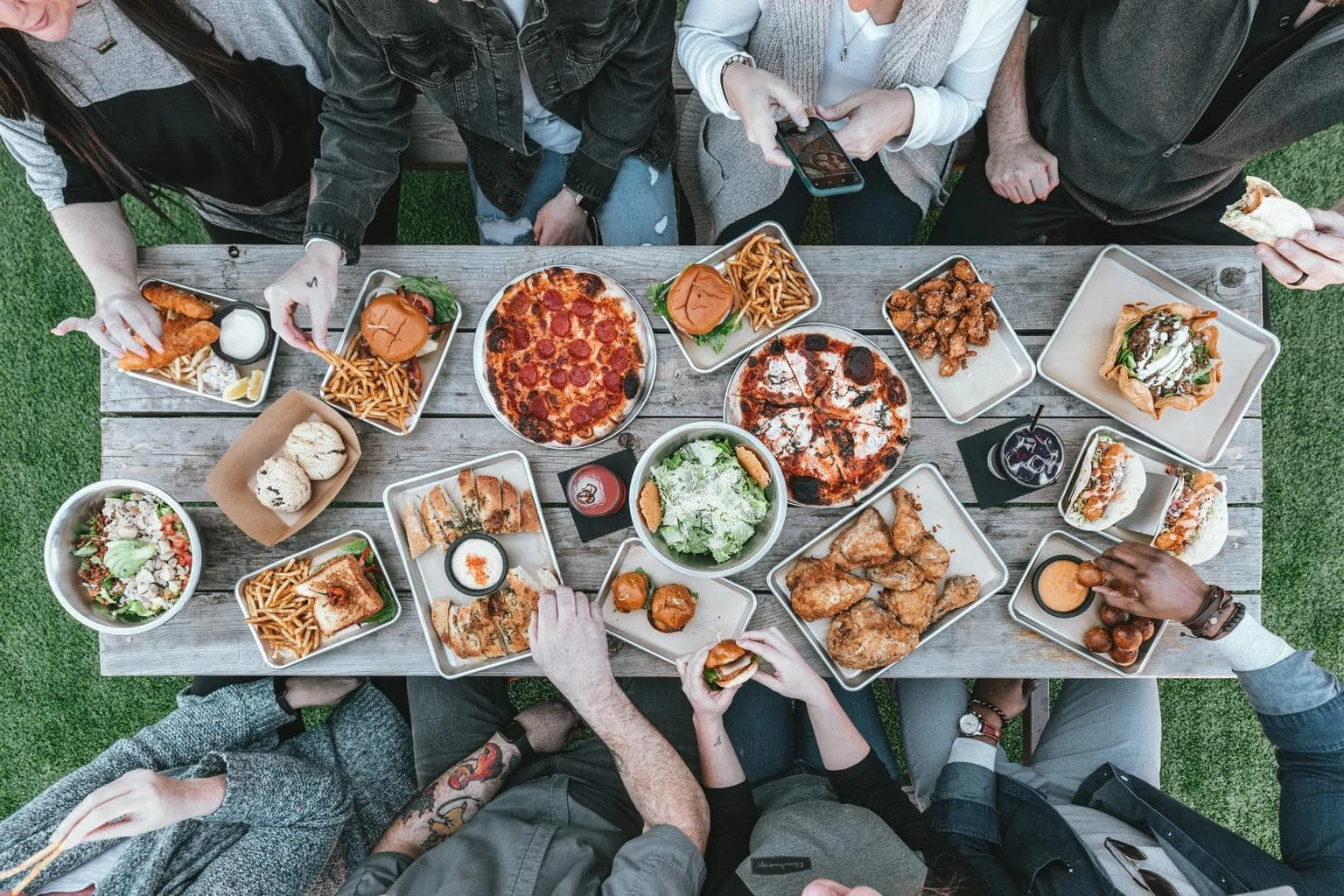
HIGH KEY AND LOW KEY IN THE STILL LIFE
They are two techniques that go very well with still life photography.
The high key is associated with positive feelings, purity, joy... and is characterized by images with lots of light and light tones.
By contrast, the low key is elegant, mysterious, and dark. It is characterized by its dark backgrounds, and a dim light.
Here you can see the two techniques.
-
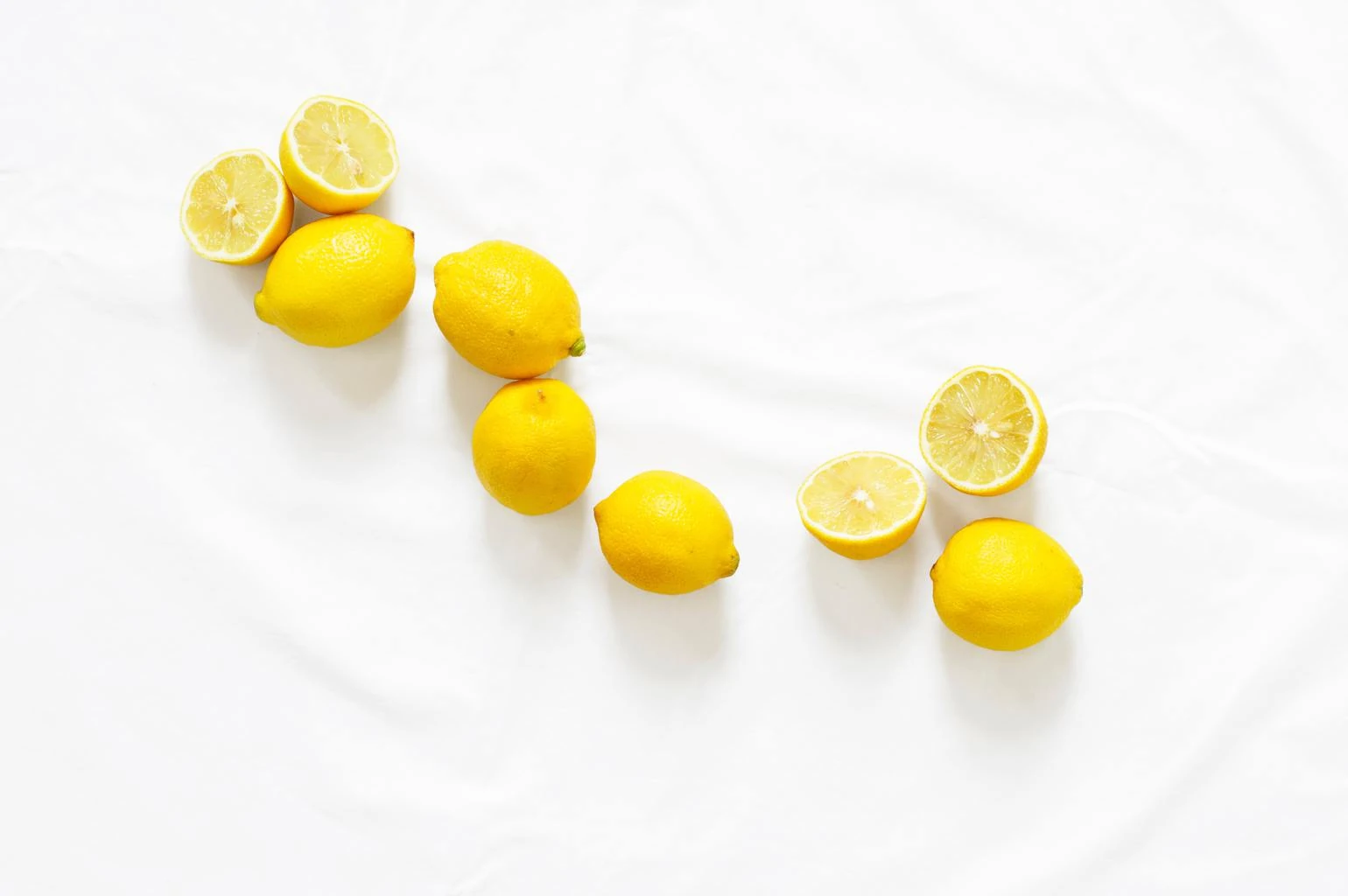
high key -
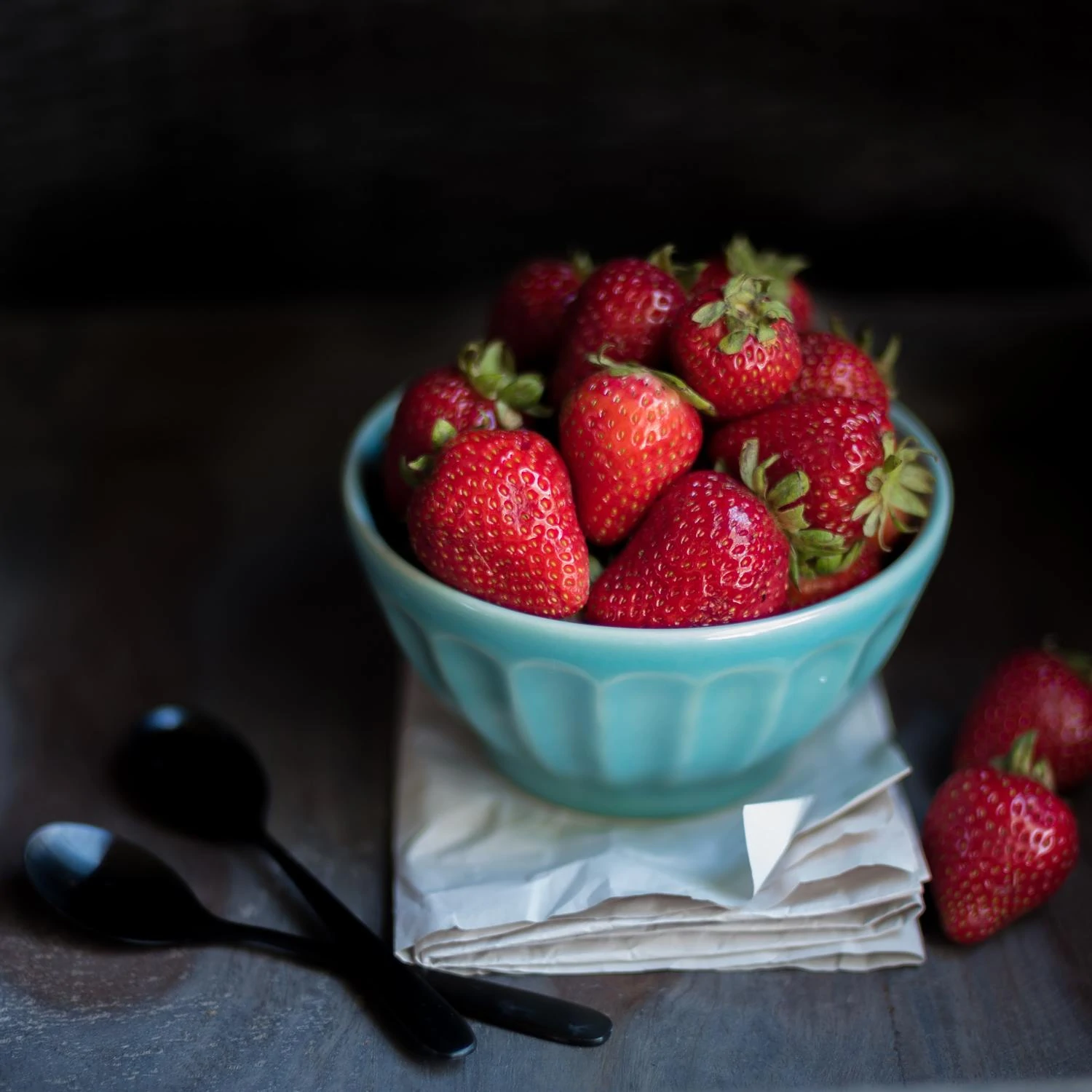
low key
I think that still life photography is a very interesting option to fill our hours these days, not only because it is an interesting discipline that leaves us with fascinating images, but also because it gives us the opportunity to calmly work and practice many aspects of a photograph.

